Suburban residents can brace themselves for more red light cameras to going up. Areas that are already seemingly safe will have cameras mounted in an effort to make the areas “safer” with IDOT’s approval.
So are we talking about safety or a money generator? Share your thoughts on the subject.
Read more as reported by the Chicago Tribune:
As rejection letters go, the Illinois Department of Transportation’s message last year seemed pretty clear.
Oakbrook Terrace wanted to put red light cameras at a busy but relatively safe intersection. IDOT must approve cameras on state routes in the suburbs, and it said no: Cameras are for boosting safety, and the intersection’s “low crash rates” did not support a need for cameras.
In just a few months, that no would turn into a yes.
It was a yes that, records show, came after the intervention of a powerful state senator who received campaign cash from the red light camera firm that stood to make millions of dollars from those Oakbrook Terrace cameras. The senator’s involvement prompted dozens of emails between IDOT officials — with large passages of that correspondence kept secret to this day by IDOT.
What happened at Illinois Highway 83 and 22nd Street highlights the inconsistent and at times contradictory way IDOT has approved the controversial cameras at nearly 200 intersections across the suburbs.
Ten years ago, the General Assembly allowed suburbs to install cameras, but for state routes, typically the busiest roads, IDOT needed to approve. And IDOT was talking tough. Engineers wanted cameras put only in truly dangerous places where no other fix had improved safety.
Yet, a Tribune analysis found that often didn’t happen. Among the findings:
•More than half the intersections with cameras scored among the safest in IDOT studies at the time the agency approved the cameras.
•IDOT, more often than not, allowed cameras at places that didn’t meet its own threshold for whether an intersection had a red light crash problem.
•Of current cameras, one-fourth were granted permits in spots with no red-light-related crashes in at least three years.
As the suburban red light program has quietly grown into one of the country’s largest, the Tribune found IDOT watered down the program’s standards and requirements over the years, allowing more and more cameras at intersections that had few crashes.
IDOT has approved cameras on corners with what it called “marginal” crash histories, determining they were nonetheless dangerous. IDOT’s threshhold for what’s dangerous was changed in its policy to include locations where a mayor declared a “perceived” problem at a corner, no matter what the data said.
The state agency did not dispute the Tribune’s findings. However, agency officials said they had to balance their focus on safety with the law’s intent to let suburbs have cameras.
“It’s their camera system, not the department’s,” said Steve Travia, who oversees IDOT’s project implementation for the Chicago area. “When they approach us, we look at the merits of their application for a highway permit to build infrastructure on our right of way based on the application.”
As for the Oakbrook Terrace decision, IDOT said it felt no political pressure and did nothing wrong.
Michael Manzo, a village council member in Oak Brook, a suburb next to Oakbrook Terrace, helped lead the unsuccessful fight against the Oakbrook Terrace cameras. He called IDOT’s flip-flop a “disgraceful” decision to aid the owners of a politically connected camera firm.
“Let’s be honest,” he said. “This is going to be, for these individuals, one of the most lucrative corners in the state of Illinois, and that’s why they fought so hard to keep it.”
Source: Chicago Tribune























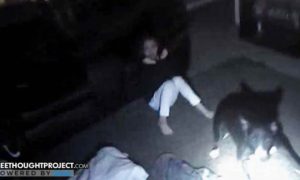





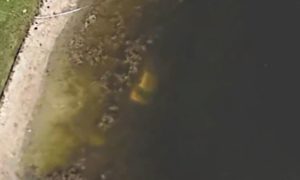

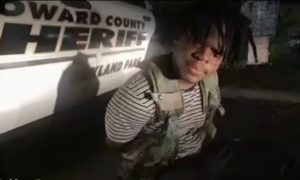

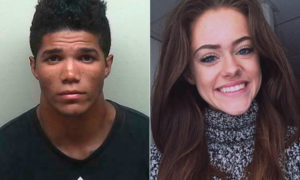









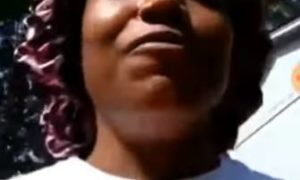







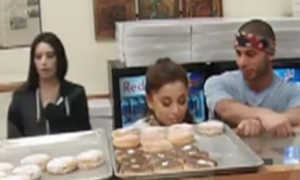























































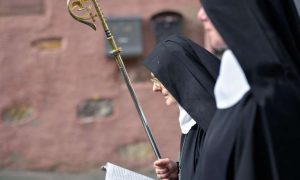







































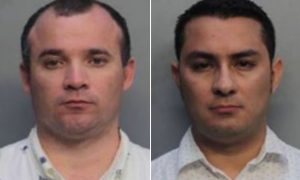



















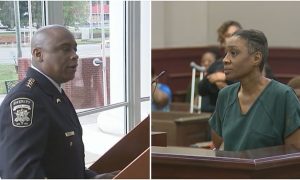





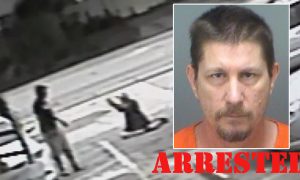









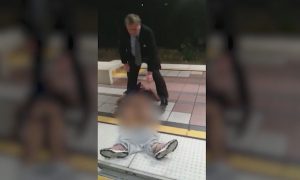

















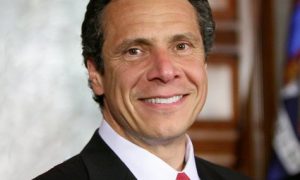

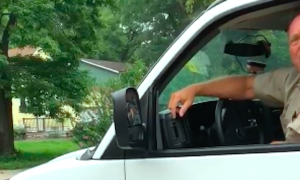























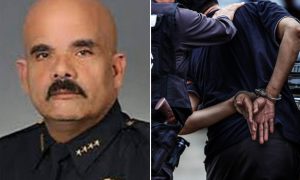







![[Video] Chicago Police Officers Caught On Video Telling Two Black Men "We Kill Mother F**kers"](https://earhustle411.com/wp-content/uploads/2018/07/evil-cop-3-300x180.jpg)
![[Video] Chicago Police Officers Caught On Video Telling Two Black Men "We Kill Mother F**kers"](https://earhustle411.com/wp-content/uploads/2018/07/evil-cop-3-80x80.jpg)












![[Video] White Woman Calls The Cops On Black Real Estate Investor, Cops Threaten To Arrest Her For Harassing Him](https://earhustle411.com/wp-content/uploads/2018/05/nosy-neighbor-300x180.png)
![[Video] White Woman Calls The Cops On Black Real Estate Investor, Cops Threaten To Arrest Her For Harassing Him](https://earhustle411.com/wp-content/uploads/2018/05/nosy-neighbor-80x80.png)


![White Scientist Says The Black Community Is Being Targeted By The Medical System, They Are Deliberatly Being Poisoned [Video]](https://earhustle411.com/wp-content/uploads/2016/05/mike-adams-300x180.jpg)
![White Scientist Says The Black Community Is Being Targeted By The Medical System, They Are Deliberatly Being Poisoned [Video]](https://earhustle411.com/wp-content/uploads/2016/05/mike-adams-80x80.jpg)
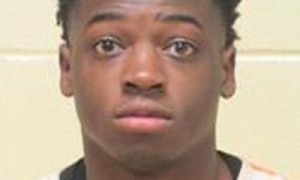







![Teenage Girl Shot In Her Stomach Three Times But Took Time To Post To Facebook [ Video]](https://earhustle411.com/wp-content/uploads/2016/02/Gangster-chick-300x180.jpg)
![Teenage Girl Shot In Her Stomach Three Times But Took Time To Post To Facebook [ Video]](https://earhustle411.com/wp-content/uploads/2016/02/Gangster-chick-80x80.jpg)







